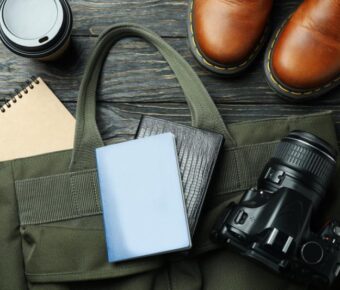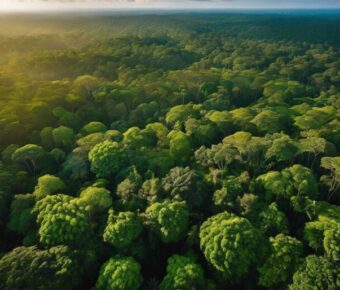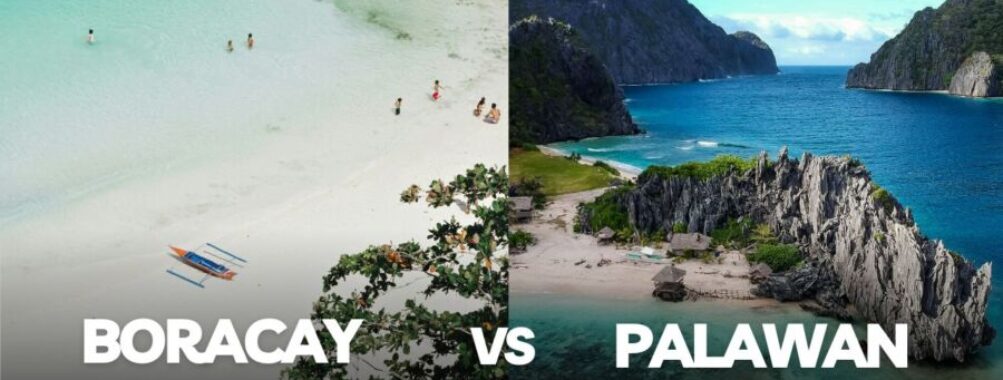
Boracay vs Palawan: 7 Stunning Differences to Know Before Your 2025 Philippine Island Escape
Planning a trip to the Philippines? You’re probably torn between its two most famous beach destinations – Boracay and Palawan. These stunning island getaways offer completely different experiences for travelers.
If you crave a lively atmosphere with pristine white beaches, vibrant nightlife, and plenty of chances to meet fellow travelers, Boracay is perfect for you. It’s smaller and more developed, making it ideal for those who want convenience alongside their tropical paradise. The island has recently undergone rehabilitation to preserve its natural beauty.
On the other hand, Palawan offers a more untouched wilderness experience. With its dramatic limestone cliffs, hidden lagoons, and amazing underwater world, it’s a nature lover’s dream.
The pace is slower here, and there are fewer crowds in spots like El Nido and Coron. Both islands showcase the Philippines‘ incredible beauty in unique ways.
Contents
- Geographic Overview
- Location and Accessibility
- Climate and Weather Patterns
- Natural Attractions
- Pristine Beaches and Landscapes
- Unique Ecosystems and Biodiversity
- Protected Areas and Conservation Efforts
- Tourist Activities and Experiences
- Island Hopping and Exploration
- Water Sports and Adventure Activities
- Cultural Immersion and Local Cuisine
- Accommodation and Amenities
- Resorts and Lodging Options
- Facilities and Guest Services
- Nightlife and Entertainment
- Diving and Marine Exploration
- Diving Spots and Marine Sanctuaries
- Diving Tours and Instruction
- Transportation and Logistics
- Traveling Between Islands
- Local Transportation Options
- Local Communities and Sustainability
- Travel Tips and Recommendations
- Frequently Asked Questions
- What distinguishes the travel experiences between Boracay and Palawan?
- Which destination tends to be more budget-friendly for travelers, Boracay or Palawan?
- How do the accommodation options compare in Boracay versus Palawan for various types of travelers?
- Can you describe the differences in nightlife and entertainment between Boracay and Palawan?
- What are the unique natural attractions each location offers to nature enthusiasts?
- How do the culinary experiences in Boracay and Palawan cater to food lovers’ preferences?
- More Travel Guides
Geographic Overview
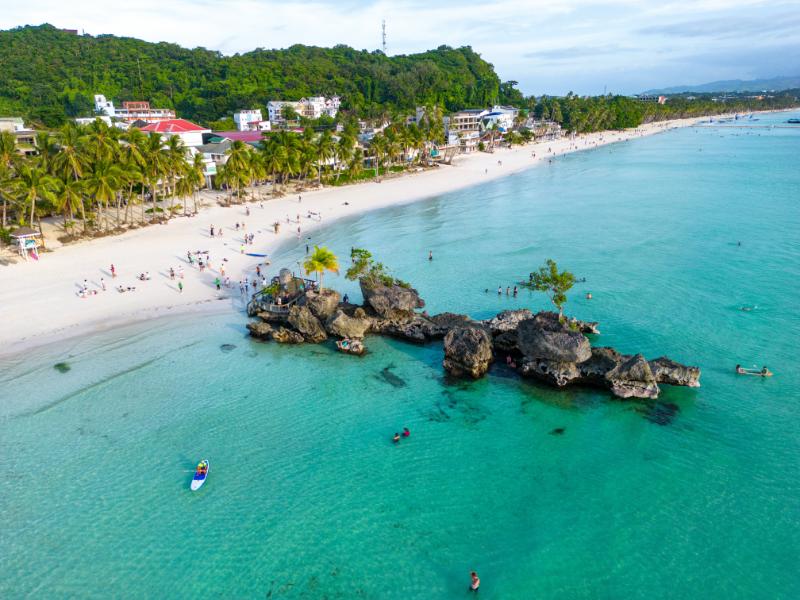
Boracay and Palawan are two distinct island destinations in the Philippines with dramatically different landscapes and physical characteristics. Both offer tropical beauty but vary greatly in size, terrain, and natural features.
Location and Accessibility

Boracay is a tiny island measuring only about 7 square kilometers in the Western Visayas region of the Philippines. It sits approximately 315 kilometers south of Manila.
Most travelers reach Boracay by flying to Caticlan (the nearest airport) and a 15-minute ferry ride to the island. Some visitors fly to Kalibo Airport instead, which requires a 1.5-hour drive to the ferry terminal.
In contrast, Palawan is massive – the Philippines’ fifth-largest island at around 14,650 square kilometers. It stretches between the South China Sea and the Sulu Sea in the western Philippines.
Puerto Princesa, the main city, has an international airport handling direct flights from Manila and other major cities. To reach popular spots like El Nido or Coron, getting around Palawan often requires additional transportation like vans, buses, or boats.
Climate and Weather Patterns

Both islands share the tropical climate typical of the Philippines, with two main seasons: dry (November to May) and wet (June to October). The dry season brings consistent sunshine and lower humidity, making it peak tourist season for both destinations.
Due to its smaller size, Boracay experiences slightly more predictable weather patterns. Average temperatures hover between 25-32°C (77-90°F) year-round. The island is moderately affected during typhoon season, typically from July to October.
Meanwhile, Palawan enjoys a slightly more moderate climate compared to Boracay. Its larger landmass and mountainous terrain create micro-climates across different parts of the island.
The eastern side typically receives more rainfall than the western coast. Puerto Princesa and El Nido can sometimes remain relatively dry even during the wet season, offering visitors more flexibility in travel timing.
Natural Attractions

Both Boracay and Palawan offer stunning natural beauty but showcase different aspects of the Philippines’ diverse landscapes. Boracay dazzles visitors with its picture-perfect beaches, while Palawan amazes visitors with its dramatic limestone formations and hidden lagoons.
Pristine Beaches and Landscapes
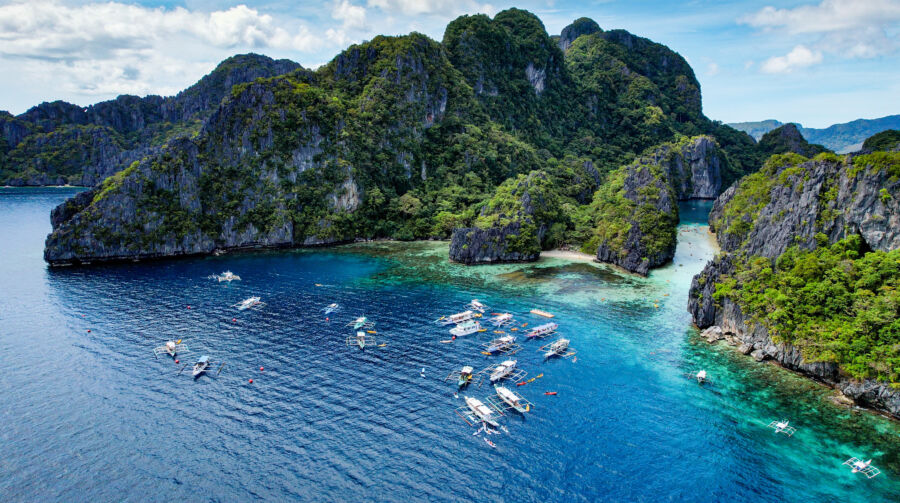
White Beach in Boracay is world-famous for good reason. Its powdery white sand feels like talcum powder between your toes, and the crystal-clear water transitions from turquoise to deep blue. The beach stretches over 4 kilometers, divided into three stations with different vibes.
Palawan, on the other hand, offers more varied landscapes. El Nido features over 45 islands and islets with dramatic limestone cliffs rising from emerald waters. Small Beach and Secret Beach require a boat trip but reward visitors with secluded paradises.
Puerto Princesa’s coastlines feature rugged beauty, hidden coves, and dramatic rock formations. Honda Bay offers excellent island-hopping opportunities to explore pristine beaches that feel completely untouched by tourism.
Unique Ecosystems and Biodiversity
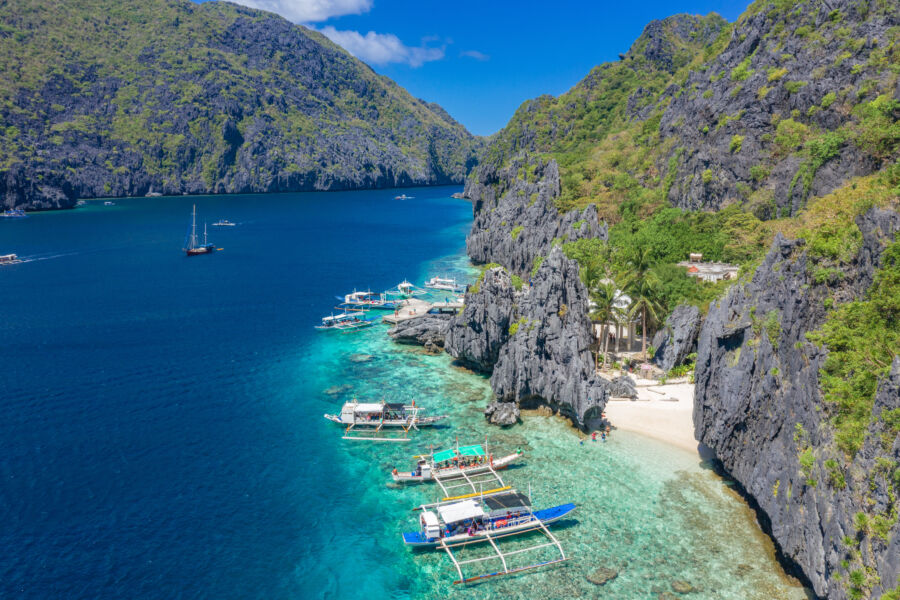
Boracay’s marine life is easily accessible through snorkeling right off White Beach. Colorful fish, coral gardens, and occasional sea turtles can be spotted in the shallow waters. The island’s ecosystem is compact but vibrant.
Meanwhile, Palawan boasts much more diverse ecosystems. It’s home to two UNESCO World Heritage Sites and is often called the “last ecological frontier” of the Philippines. The waters around El Nido contain over 100 species of coral and 800 species of fish.
Puerto Princesa’s underground river flows beneath limestone karst formations, creating a unique ecosystem where swiftlets and bats coexist. Mangrove forests line many of Palawan’s coasts, serving as crucial nurseries for marine life and protection against storms.
Protected Areas and Conservation Efforts

Boracay has undergone significant environmental rehabilitation after its six-month closure in 2018. Strict regulations now limit visitor numbers and enforce proper waste management. Coral restoration projects are ongoing, and parts of the beachfront have been reclaimed from overdevelopment.
Palawan takes conservation even more seriously. The Tubbataha Reefs Natural Park is a strictly protected marine sanctuary with some of the highest biodiversity in the world. El Nido-Taytay Managed Resource Protected Area covers both marine and terrestrial ecosystems.
Puerto Princesa Subterranean River National Park limits daily visitors to protect its delicate cave ecosystem. Community-based conservation efforts involve local fishermen in protecting their marine resources. These protection measures help ensure Palawan remains pristine for future generations.
See Related: Top Remote Islands You Must Visit Before They Become Tourist Hotspots
Tourist Activities and Experiences

Both Boracay and Palawan offer incredible activities that showcase the best of Philippine island life. From exploring hidden coves to diving among colorful reefs, each destination provides unique adventures that cater to different traveler preferences.
Island Hopping and Exploration

Palawan excels at island hopping with its dramatic limestone cliffs and hidden lagoons. El Nido’s Tour A takes you to Small and Big Lagoon, where kayaking through crystal waters between towering rock formations creates unforgettable moments. Coron offers wreck diving among WWII Japanese ships now transformed into artificial reefs.
Boracay’s island hopping focuses on nearby beaches and snorkeling spots. Crystal Cove Island and Puka Shell Beach make popular stops, with boats typically including lunch and snorkeling equipment. These tours are easily bookable before your trip or upon arrival.
The main difference? Palawan’s island hopping feels more adventurous and remote, often requiring longer boat rides. Boracay offers more convenient half-day options that leave time for afternoon relaxation on White Beach.
Water Sports and Adventure Activities
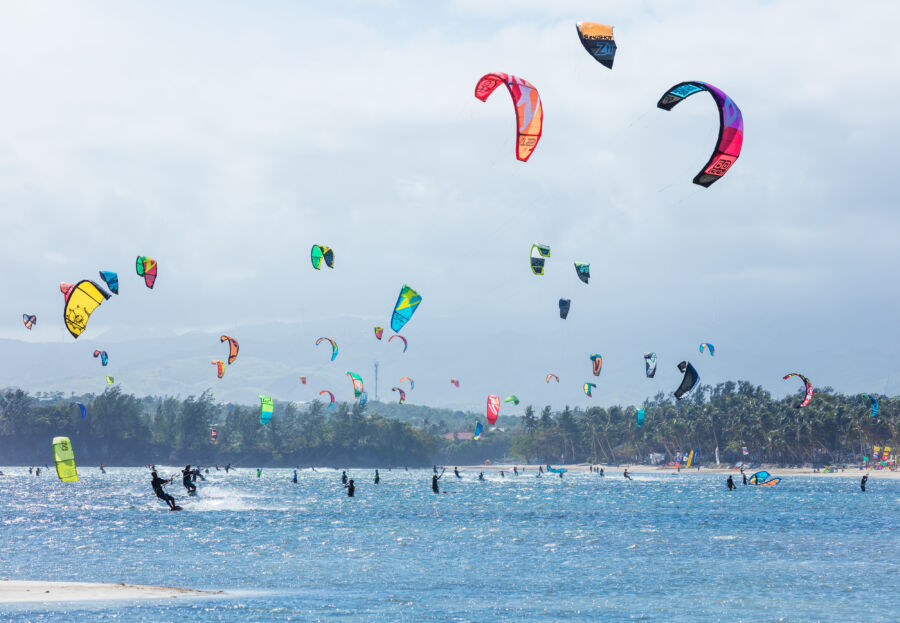
Boracay shines with its extensive water sports options. The island’s consistent winds make it perfect for kiteboarding and parasailing, especially at Bulabog Beach on the eastern side. Helmet diving, banana boat rides, and jet skiing are popular for beginners.
In contrast, Palawan focuses more on diving and snorkeling due to its pristine underwater ecosystems. The Bacuit Archipelago in El Nido and the Calamian Islands near Coron offers world-class dive sites with vibrant coral gardens and diverse marine life.
Both destinations offer paddleboarding and kayaking. Boracay’s calmer waters suit beginners, while Palawan’s lagoons provide more scenic exploration. For unique experiences, try cliff jumping at Ariel’s Point near Boracay or caving expeditions at Underground River in Palawan.
Cultural Immersion and Local Cuisine
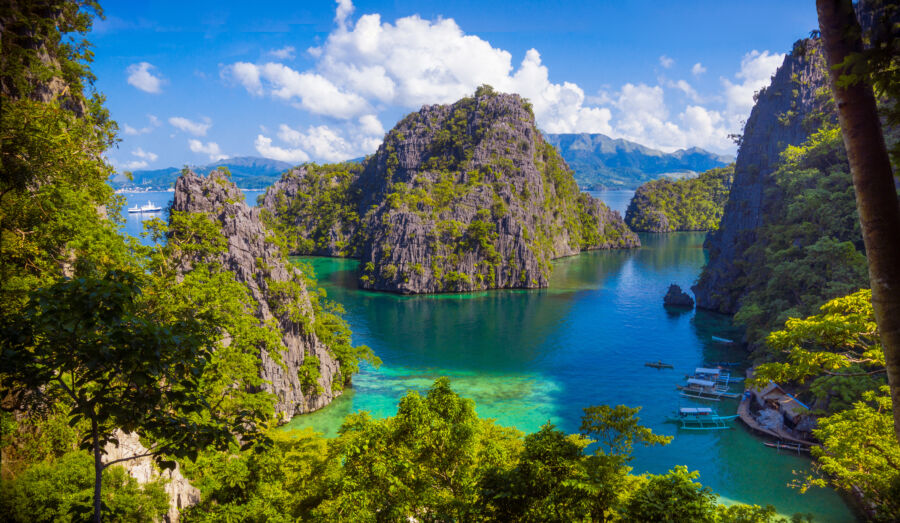
Palawan offers richer cultural experiences with opportunities to visit indigenous Batak and Tagbanua communities. Puerto Princesa’s markets provide glimpses into local life, while restaurants serve Palawan specialties like tamilok (woodworm) for the adventurous eater.
Boracay has become more commercialized but still offers authentic Filipino experiences. The Talipapa Market lets visitors select fresh seafood for restaurants to cook. Evening fire dancers perform on White Beach, showcasing Filipino talent.
Both islands excel at seafood. Try Palawan’s fresh lapu-lapu (grouper) grilled with local spices or Boracay’s seafood platters at beachfront restaurants.
Food tours and cooking classes provide a deeper understanding of Filipino cuisine. For shopping, Boracay’s D’Mall offers souvenirs and beachwear, while Palawan’s markets feature more handcrafted items made by local artisans.
Accommodation and Amenities
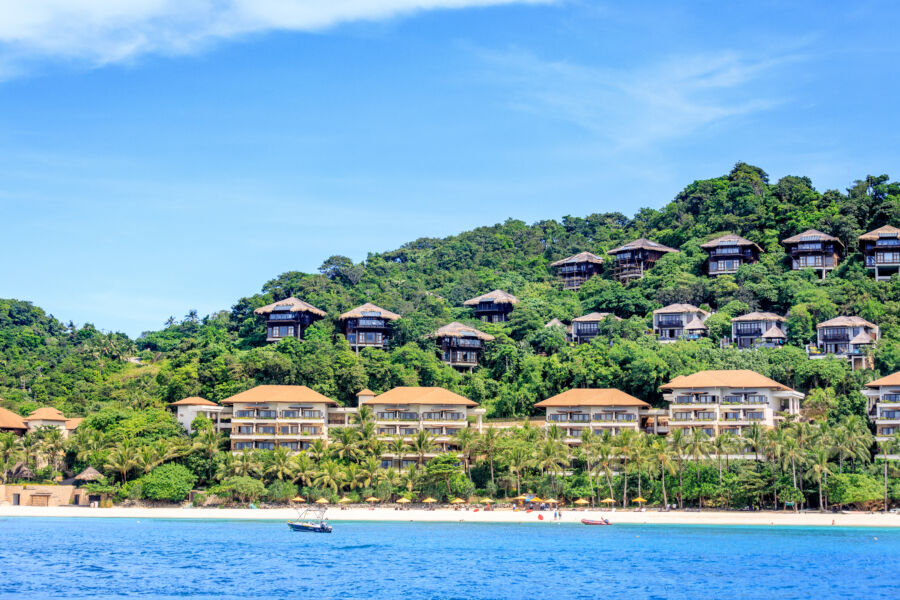
Where you stay can make or break your Philippine island vacation. Boracay and Palawan offer distinct lodging experiences catering to different preferences and budgets.
Resorts and Lodging Options

Boracay is known for its well-developed hospitality scene. The island features numerous high-end resorts and hotels with direct beach access, especially along White Beach.
These properties often come with premium price tags, especially during peak season. Budget travelers can find guesthouses and hostels further inland, though they’re typically a short walk from the shore.
Palawan offers a more diverse range of accommodations. El Nido and Coron have everything from luxury eco-resorts to simple beachfront cottages.
The province’s less developed nature means travelers can find more affordable beachfront options compared to Boracay. Many resorts in Palawan are designed to blend with the natural surroundings, creating a more immersive experience. Remote parts of Palawan feature unique lodging experiences like overwater bungalows and island-exclusive resorts that provide total privacy.
Facilities and Guest Services

Boracay excels in convenience and amenities. Most resorts offer comprehensive services, including spas, fitness centers, and multiple dining options. The island’s compact size makes everything accessible – restaurants, shops, and activities are usually within walking distance or a short trike ride away.
Wifi and mobile coverage are generally reliable throughout Boracay, making it suitable for digital nomads or those who need to stay connected.
Palawan’s accommodations often focus on natural relaxation. Many resorts feature open-air lounges, infinity pools overlooking limestone cliffs, and private beaches. While luxury properties provide excellent service, amenities can be more limited in remote areas.
Internet connectivity varies significantly across Palawan – excellent in tourist hubs but potentially spotty in secluded locations. Some eco-resorts intentionally limit technology access to enhance the disconnection from everyday life and promote relaxation.
Nightlife and Entertainment

Boracay is definitely the winner when it comes to nightlife! The island is famous for its vibrant after-dark scene, with numerous beach bars, clubs, and restaurants open late into the night.
Along White Beach, you’ll find a mix of beach parties, live music venues, and fancy cocktail bars. Many tourists specifically choose Boracay for its energetic atmosphere and opportunities to socialize.
Palawan, on the other hand, offers a much more laid-back evening experience. The nightlife here is considerably quieter and less developed compared to Boracay.
Most entertainment in Palawan wraps up relatively early. Restaurants and bars in El Nido and Puerto Princesa provide some evening options but don’t expect wild parties or all-night dancing.
Recent changes have somewhat tamed Boracay’s party reputation. New regulations restrict beach drinking and smoking, and the famous beach parties have been banned. However, there are still plenty of establishments where you can enjoy a night out.
Boracay provides that balance for travelers seeking daytime relaxation and evening excitement. You can spend your days lounging on beautiful beaches and your nights experiencing the island’s entertainment. If quiet evenings under the stars with a beachside dinner or casual drinks sound more appealing, Palawan might be your better choice.
See Related: Hidden-Gem Beachfront Hotels in Asia: Design-Forward Escapes
Diving and Marine Exploration
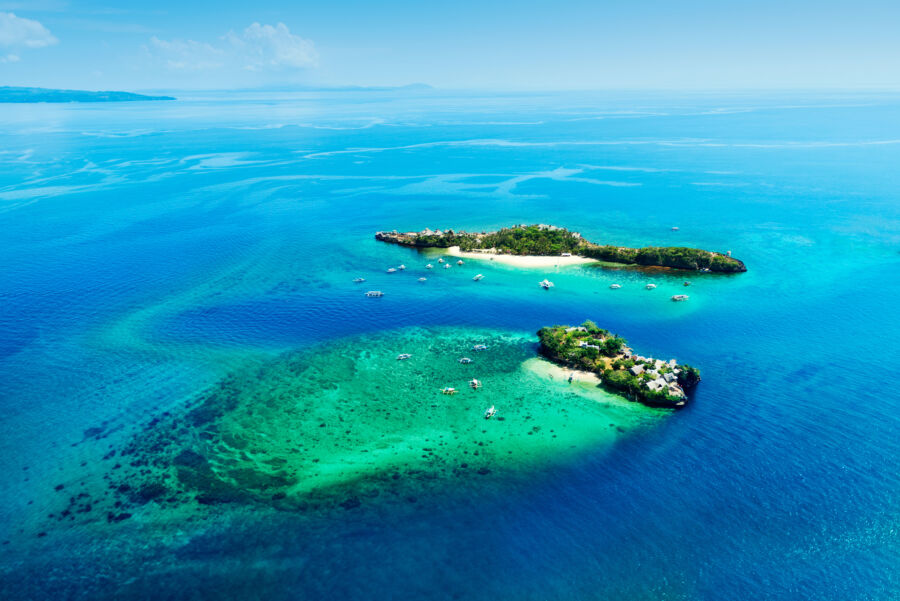
Boracay and Palawan offer amazing underwater experiences with crystal-clear waters and diverse marine ecosystems. Each destination has unique diving spots and different levels of accessibility for beginners and experienced divers alike.
Diving Spots and Marine Sanctuaries

Palawan is a premier diving destination, especially in Coron. World War II shipwrecks in Coron create artificial reefs teeming with marine life.
These sunken Japanese vessels offer a glimpse into history while providing homes for colorful coral and fish. Meanwhile, El Nido features limestone cliffs that extend underwater, creating dramatic wall dives with sea turtles, rays, and occasionally reef sharks.
Boracay’s diving scene is smaller but still impressive. Crocodile Island and Yapak, just off Boracay’s shores, feature vibrant coral gardens and diverse fish species. The water visibility often reaches 15-20 meters, making it perfect for underwater photography.
For marine sanctuaries, Palawan’s Tubbataha Reef is a UNESCO World Heritage site with over 600 fish species and 300 coral species. It’s considered one of the world’s best dive sites, though it’s only accessible during certain months.
Diving Tours and Instruction

Boracay excels in beginner-friendly diving instruction. The island has numerous PADI-certified dive shops offering courses from Discovery Dives to full certifications.
Most instructors speak excellent English, and the relatively calm waters make learning less intimidating. Half-day tours typically cost between $50 and $70 USD, including equipment.
Palawan offers more variety in diving experiences. Coron specializes in wreck diving tours, while El Nido focuses on reef and wall dives. Many shops in El Nido provide shallow reef introductions for beginners before moving to more challenging sites.
Both destinations offer specialty courses, but Palawan’s diverse environments give it an edge for advanced training. Nitrox certification is popular in Coron for extended wreck exploration.
Multi-day dive packages provide better value, with 3-dive packages starting around $120-150 in both locations. Local tip: Book diving trips early in your vacation to allow for weather changes, especially during monsoon season.
Transportation and Logistics

Getting around is a key factor when choosing between Boracay and Palawan. Both destinations have distinct transportation systems that can impact your vacation experience, from reaching the islands to exploring them once you arrive.
Traveling Between Islands

Boracay requires a specific travel route to reach paradise. Typically, you’ll fly into Caticlan Airport (the closest) or Kalibo Airport, then take a short ferry ride to the island. The journey from Caticlan is quick – just a 15-minute boat transfer and a short tricycle ride to your hotel.
Palawan’s access points depend on which area you’re visiting. Most tourists fly into Puerto Princesa, El Nido, or Coron, each fairly isolated. Getting from El Nido to Coron requires a long ferry ride (3-4 hours) or another flight.
The logistics in Palawan can be more complicated, especially if you want to visit multiple areas. Island hopping between different parts of Palawan often means additional flights or lengthy boat journeys.
Local Transportation Options

Boracay’s small size (just 7 km long) makes navigating incredibly easy. The main transportation is tricycles – motorized three-wheelers along the main road. A standard ride costs around 100-150 pesos.
You can walk along White Beach’s 4km stretch without vehicles on the beachfront. Bicycle and scooter rentals are also popular for exploring the island’s hidden spots.
Palawan offers more diverse transportation options. In El Nido and Coron, tricycles are the main mode of transport within town areas. Rent motorcycles, hire private vans, or join tour groups to explore further.
Puerto Princesa has a more developed transport system, with jeepneys and multicasts serving regular routes. Getting between tourist spots often requires hiring a driver for the day, as the distances can be significant.
Local Communities and Sustainability
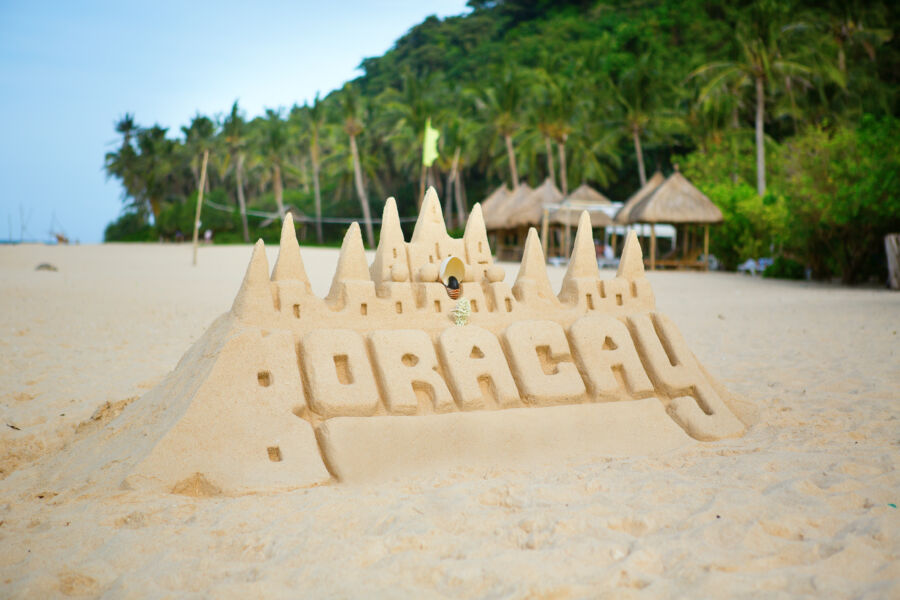
When comparing Boracay and Palawan, their approaches to local communities and sustainability show striking differences. Boracay faced a major environmental crisis in 2018 when President Duterte called it a “cesspool” and closed the island for six months. This drastic move forced local businesses to adapt quickly, temporarily displacing many workers.
Since reopening, Boracay has implemented stricter regulations. Hotels must have proper sewage systems, and there are limits on beach vendors and activities. The number of tourists is now capped to prevent overcrowding.
Palawan takes a different approach to sustainability. The province embraces ecotourism, with many communities directly involved in conservation efforts. El Nido and Coron have community-based tourism programs where locals serve as guides and environmental stewards.
Indigenous communities in Palawan, like the Batak and Tagbanua, have maintained their traditional ways of life while participating in tourism. Visitors can learn about their customs and sustainable practices that have preserved the island’s natural beauty.
Both destinations now focus on waste management, with plastic reduction initiatives and recycling programs. Palawan’s efforts seem more grassroots-driven, while Boracay’s changes came from top-down government intervention.
For travelers concerned about ethical tourism, both islands offer options. Boracay has eco-friendly resorts that employ locals and support community projects. Palawan features homestays where visitors can experience authentic Filipino hospitality while ensuring tourism dollars go directly to residents.
Travel Tips and Recommendations

When planning your Philippine island getaway, timing is everything! The dry season (November to May) is ideal for Boracay and Palawan. I’d avoid June to October unless you’re okay with occasional rain showers.
Boracay is perfect for those who want easy access to amenities. Most hotels are within walking distance of White Beach, and getting around is simple by tricycle or foot. Pack light beach wear, sunscreen, and cash for the vibrant nightlife!
Palawan requires more planning. The island is larger, so you must arrange transportation between attractions. Island hopping tours in El Nido and Coron should be booked in advance during peak season.
Budget Comparison:
| Expense | Boracay | Palawan |
|---|---|---|
| Accommodations | ₱2,500-15,000/night | ₱1,500-10,000/night |
| Meals | ₱300-1,000/meal | ₱200-800/meal |
| Activities | ₱1,500-3,000/day | ₱1,200-2,500/day |
For swimming enthusiasts, Boracay offers calmer waters with excellent visibility. Palawan’s lagoons provide unique swimming experiences in pristine, emerald waters surrounded by limestone cliffs.
Don’t forget to bring:
- Reef-safe sunscreen
- Water shoes (especially for Palawan)
- Insect repellent
- Cash (ATMs can be limited)
- Waterproof phone case
If time allows, consider splitting your trip between both destinations. Many travelers combine Palawan with Cebu to achieve more diversity in their Philippine adventure.
See Related: Most Beautiful Beaches in the World That Will Steal Your Heart
Frequently Asked Questions

Travelers often have specific questions when choosing between these beautiful Philippine destinations. Both islands offer distinct experiences that appeal to different preferences, budgets, and travel styles.
What distinguishes the travel experiences between Boracay and Palawan?
Boracay and Palawan offer completely different vibes. Boracay is known for its compact size, vibrant atmosphere, and famous White Beach with powdery sand. It’s more developed and bustling with activity.
Palawan, by contrast, is much larger and more laid-back. It offers a more secluded experience with dramatic limestone cliffs, hidden lagoons, and less crowded beaches.
The pace is slower, focusing more on natural beauty and exploration. Travelers seeking convenience and amenities typically prefer Boracay, while those craving adventure and unspoiled scenery gravitate toward Palawan.
Which destination tends to be more budget-friendly for travelers, Boracay or Palawan?
Palawan generally offers better value for money, especially for budget travelers. Accommodations, food, and activities tend to be less expensive than in Boracay. Local eateries and guesthouses in Palawan provide authentic experiences at reasonable prices.
Boracay’s popularity and limited space have driven prices higher. Since its rehabilitation and reopening, the island caters more to mid-range and luxury travelers, with fewer budget options available. Due to its size, transportation costs within Palawan can add up, but overall daily expenses remain lower than in Boracay.
How do the accommodation options compare in Boracay versus Palawan for various types of travelers?
Boracay features more concentrated lodging options, from luxury resorts to boutique hotels. Most accommodations are within walking distance of beaches and attractions. The island excels in upscale resorts with full amenities and beachfront access.
Palawan offers more diverse lodging spread across a larger area. Eco-resorts, island retreats, and homestays provide unique experiences.
El Nido and Coron feature stunning over-water bungalows and secluded resorts. Family travelers might appreciate Boracay’s convenience, while couples and solo adventurers often prefer Palawan’s romantic and off-the-beaten-path accommodations.
Can you describe the differences in nightlife and entertainment between Boracay and Palawan?
Boracay wins in the nightlife category. The island buzzes with beach bars, live music venues, and clubs that stay open late. Fire dancers perform on the beach while restaurants transform into party spots after dark.
Palawan offers a much quieter evening scene. Entertainment typically includes laid-back beach bars, casual restaurant dining, and occasional cultural performances. Puerto Princesa has some nightlife options, but they’re tame compared to Boracay.
Travelers seeking vibrant after-dark activities should choose Boracay, while those preferring peaceful evenings under the stars will appreciate Palawan.
What are the unique natural attractions each location offers to nature enthusiasts?
Palawan boasts incredible biodiversity and natural wonders. The Underground River, a UNESCO World Heritage site, offers a unique cave exploration experience. Limestone karsts create dramatic seascapes in El Nido and Coron, with hidden lagoons accessible only by small boats.
Boracay’s natural attractions focus primarily on its beaches and water activities. The island features smaller but beautiful snorkeling spots, with marine sanctuaries protecting coral and fish species. Nature photographers and adventure seekers typically find more to explore in Palawan, which has a greater variety of ecosystems, wildlife, and undeveloped landscapes.
How do the culinary experiences in Boracay and Palawan cater to food lovers’ preferences?
Boracay offers a more international dining scene with restaurants serving cuisine from around the world. The island’s food options range from high-end dining establishments to beachfront grills and food markets with diverse choices.
Palawan provides a more authentic Filipino culinary experience. Fresh seafood dominates menus, often prepared simply but deliciously. Local specialties like tamilok (wood worm) appeal to adventurous eaters.
Both destinations accommodate dietary restrictions. However, due to its more developed tourism infrastructure, Boracay typically offers more options for vegetarians and those with specific food requirements.


